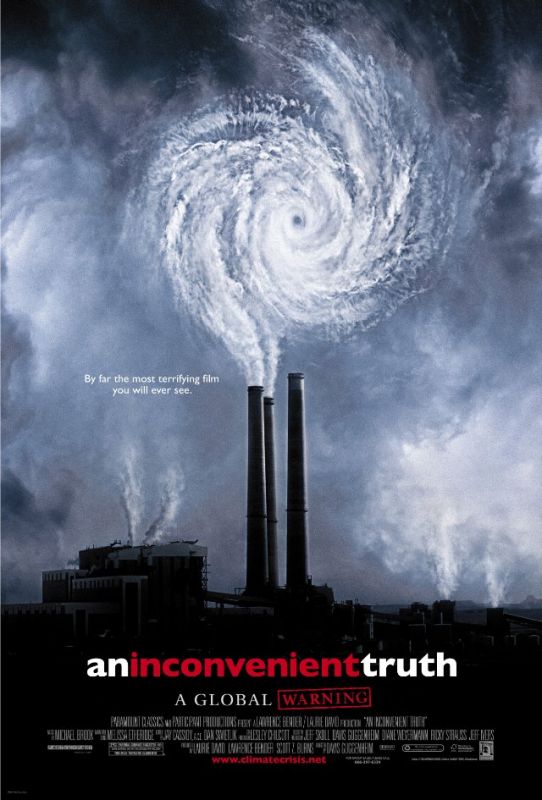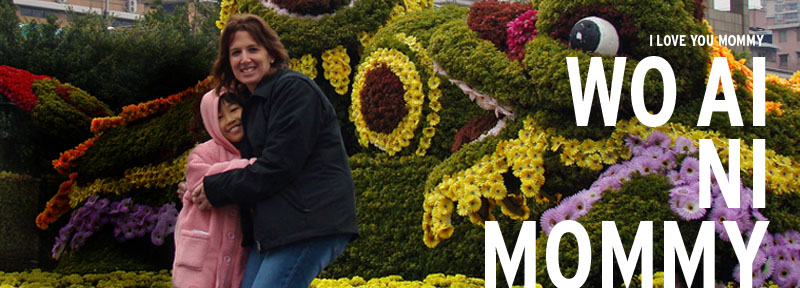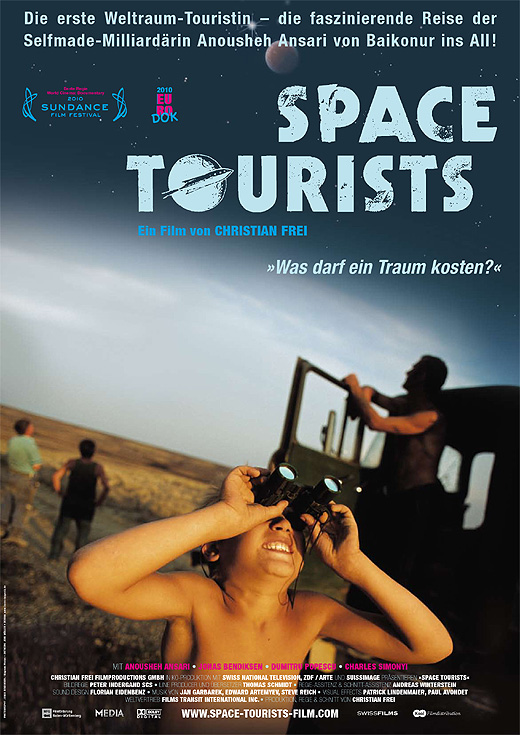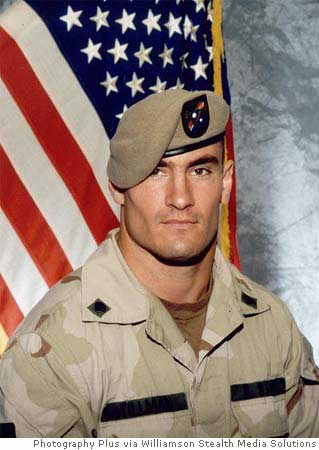|
|
||
|
Pro Tools
FILMFESTIVALS | 24/7 world wide coverageWelcome ! Enjoy the best of both worlds: Film & Festival News, exploring the best of the film festivals community. Launched in 1995, relentlessly connecting films to festivals, documenting and promoting festivals worldwide. Working on an upgrade soon. For collaboration, editorial contributions, or publicity, please send us an email here. User login |
Doc Thoughts: Silver Spring and Washington DCSunday, June 22-----A film festival is invariably a series of moments. And if one is lucky, there is an interesting symmetry between those moments. And if one is very lucky indeed, then a special kind of serendipity brings those moments into some deeper understanding. When those moments are not officially related to one another, but still offer illuminating cross-referencing, it is all the more special. This was my experience over the past two days as I attended the final films of this year's edition of SILVERDOCS and made my yearly pilgrimmage to the Mall area, where Washington D.C. proud displays its most famous buildings (the Capitol, the White House, the Smithsonian Institution). This time, my interest was to visit the newest cultural mecca in the Mall area, the recently opened Newseum (www.newseum.org), the first institution devoted to recording print, radio, television and new media news and information. Built on the last remaining open site on Pennsylvania Avenue, the striking building by Polshek Partnership Architects is a magnificent modern addition to the historic limestone buildings in the area, as a beacon of new media and modern architecture. "News is the first draft of history", a famous saying goes. So how important world events have been interpreted, recorded and reported by the news media have both a societal and personal resonance. Newseum offers an exhaustive survey of the origins of the modern news media machine, first through the printing press, then to radio, newsreels, television productions and eventually to the internet. To see hundreds of years of civilization on display is stimulating enough, but the special exhibits on the Berlin Wall (with an actual piece of the graffitied wall on display), the assasination of President John F. Kennedy and the events surrounding the "story of the century" on September 11, 2001, make for an emotional as well as intellectual journey. How the medium transforms the message is very much on the minds of those of us attending SILVERDOCS, where documentaries representing a variety of styles and approaches are showcased in one varied and stimulating program. For myself, the most intriguing question comes up as whether the media, in its pursuit of objective truth, is in fact a subjective record of times, events and personalities, that cannot help but be transformed by the camera and those who manipulate the imagery both behind and in front of the lens. These issues were part of the on-going debate surrounding many of the films I have seen at SILVERDOCS. Are they a reflection of some kind of absolute truth or are they mediated glimpses that show the fingerprints of their creators?
How film artists use classic and unconventional techniques was also the subject of an exhibition at the renowned Hirshorn Museum (wwwhirshorn.si.edu), one of the most respected museums of contemporary art in the country. The second part of a sprawling exhibition entitled The Cinema Effect, the exhibition offered almost 20 video art and film pieces that offered a meditation on artistic interpretation of the "real" (the first part, which ended a few weeks ago, focused on "the dream"). The current exhibition is divided into two sections. The first focuses on works by such artists as Pierre Huyghe, Runa Islam, Candice Breitz and Julian Roefeldt, who reference cinema and mainstream Hollywood films to offer a comment on how "documentary realism" is just another off-shoot of artistic interpretation. In the second section, such diverse film and video artists as Isaac Julien, Michle Magema, Jeremy Deller and others explore the confrontation between control and freedom in what appear to be accurate reflections of the truth. These artists re-create historical happenings but clearly reveal the hand of the filmmaker in manipulating the "truth", resulting in working that critique mass media's filtering of events. While all these film and video events were not conceived in tandem, the create an interesting parallel for reflection on what one can trust as objective truth (if there is such a thing) and how the influence of the artist is not only transparent but inevitable. Sandy Mandelberger, SILVERDOCS Dailies Editor 23.06.2008 | Silverdocs Documentary FF's blog Cat. : Anna Broinowski Berlin Business Business Candice Breitz Discovery Channel documentaries Ellen Kuras Entertainment Entertainment Environment Environment Health Health Hirschorn Museum Isaac Julien Jeremy Deller Jim Jarmusch John F. Kennedy Julian Roefeldt Martin Scorsese Newseum Newseum Norma Khouri Pierre Huyghe Politics Politics printing Religion Religion Runa Islam Sandy Mandelberger silverdocs Silverdocs SILVERDOCS SILVERDOCS Dailies Smithsonian Spike Lee Technology Technology The Betrayal United States Washington D.C. White House FESTIVALS
|
LinksThe Bulletin Board > The Bulletin Board Blog Following News Interview with IFTA Chairman (AFM)
Interview with Cannes Marche du Film Director
Filmfestivals.com dailies live coverage from > Live from India
Useful links for the indies: > Big files transfer
+ SUBSCRIBE to the weekly Newsletter Deals+ Special offers and discounts from filmfestivals.com Selected fun offers
> Bonus Casino
User imagesAbout Silverdocs Documentary FF Sandy Mandelberger Sandy Mandelberger (International Media Resources) Online Dailies Coverage of SILVERDOCS: AFI/Discovery Channel Documentary Festival, taking place at the AFI Silver Theater in Silver Spring, Maryland from June 21 to 27, 2010. View my profile Send me a message The EditorUser contributions |
































Comments (1)
These films imposed serious
These films imposed serious questions about how we perceive truth. For obvious reasons, Matrix comes into mind when it comes to such existentialist point of views. We need more of these films everywhere.